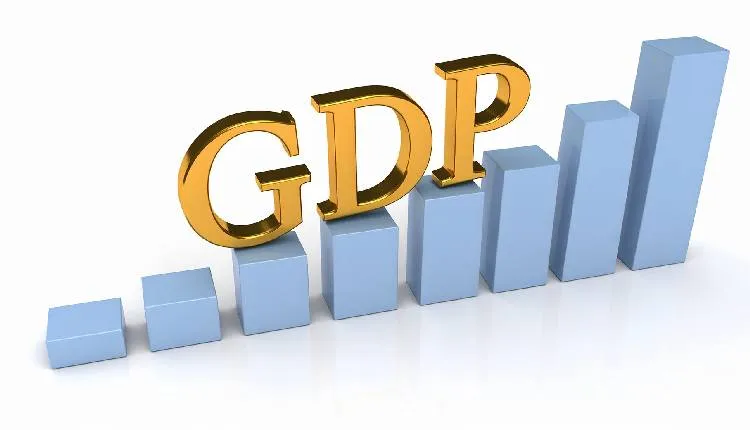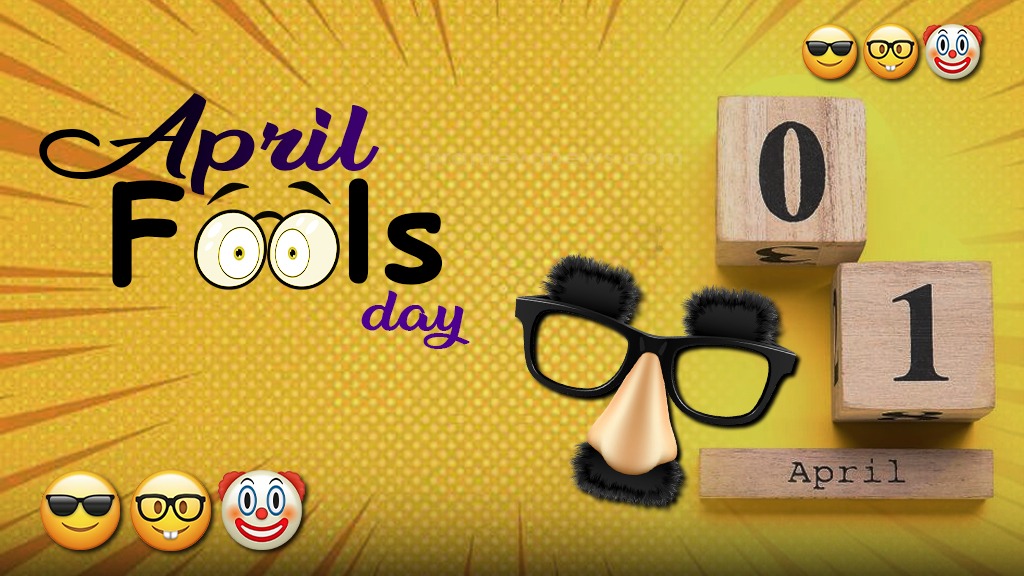

Mar 27: April 1st, a day which is a day dedicated to laughter, light-hearted pranks, and playful hoaxes.
Though it's not an official holiday, April Fools' Day is widely celebrated across the globe, bringing people together through humour.
While workplaces and schools remain open, the occasion serves as an opportunity to create a cheerful atmosphere, mend relationships with a joke, and enhance the spirit of laughter.
For many, childhood memories of April 1st involve creative pranks-be it placing plastic cockroaches under pillows or tricking friends with fake stories, only to burst into laughter with the famous phrase, "April Fool banaya, bada maza aaya!" Pranksters eagerly anticipate the day, coming up with new ways to surprise their loved ones.
Why do we celebrate April Fools day?
April Fools' Day has been observed for centuries, with various theories surrounding its origins. One of the most widely accepted stories dates back to 16th-century France, when the country switched from the Julian calendar to the Gregorian calendar in 1582, as per the Council of Trent’s decision. Before this transition, the New Year was celebrated around the spring
Some historians also link April Fools' Day to ancient festivals that embraced a similar spirit of playfulness and mischief. In ancient Rome, the festival of Hilaria, celebrated at the end of March, involved people disguising themselves and mocking others, resembling modern-day April Fools' pranks. Similarly, Holi in India, which occurs around the same time, is a festival of joy, jokes, and colourful revelry, embodying the same playful essence.
Today, April Fools' Day is more than just a day for tricks, it’s a celebration of laughter, camaraderie, and the joy of not taking life too seriously. Whether it’s a simple joke among friends or elaborate pranks by brands and media houses, April 1st remains a cherished occasion for spreading happiness across cultures and generations.